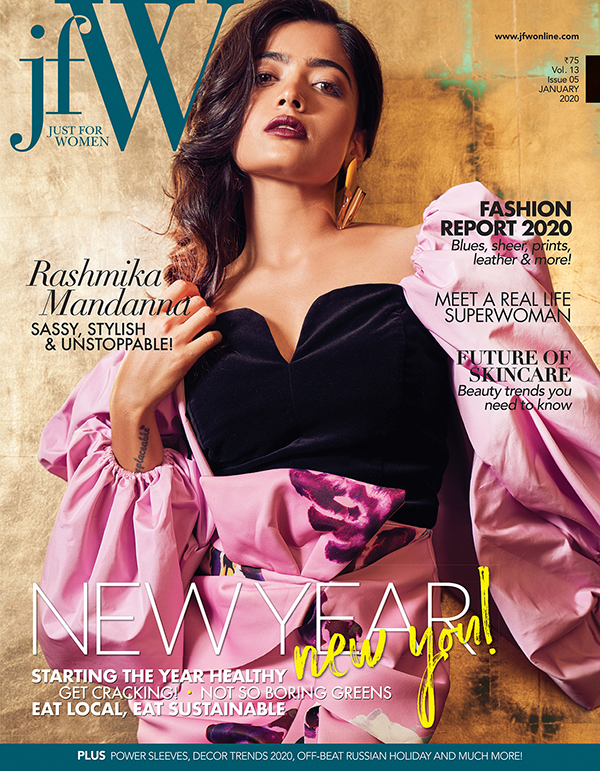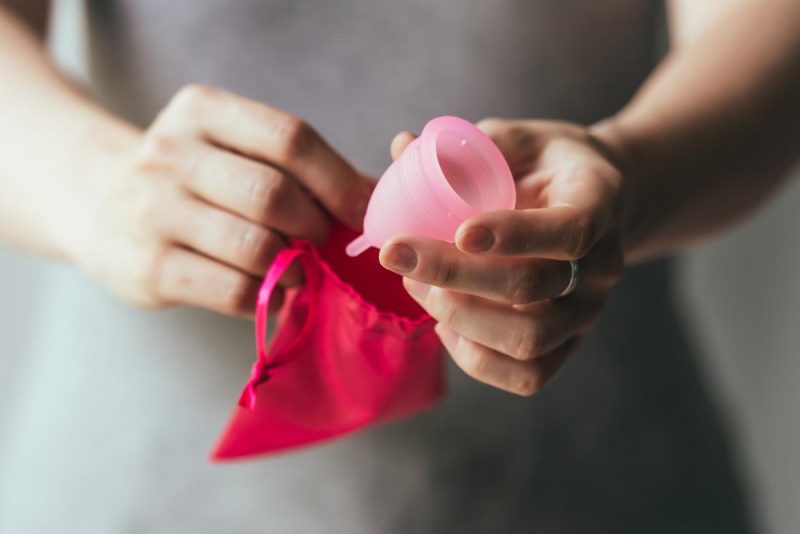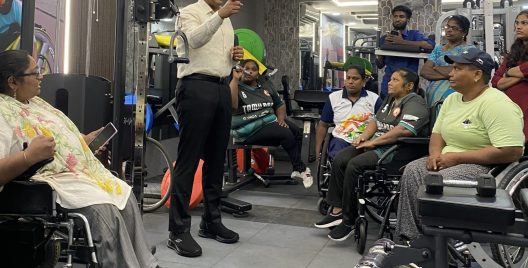You may ask any woman on her period how she feels about it, and most probably the reply would be that it is the most painful and annoying week of the month for her. Menstruation comes differently to different women. Some have it for 7 days a month while some have it for just 3. Some have painful cramps along with their period, while some just have a heavy flow. There are even some who have irregular periods, who are actually happy and excited to get their menses. But, one thing that is common to all menstruating women, is the pain of managing their periods, especially if they are to step outside their houses.
In a country like India, there are so many economically backward girls who do not even have access to Sanitary Napkins, which according to them is a luxury. However, out of those who do have access, most of the menstruating women in India are introduced to sanitary pads and continue using the same for the rest of their lives. Most menstruating women would agree that periods feel like more of a hassle because of the sanitary napkins that they use. Irrespective of the brand or quality, some common pad problems include, rashes, stench, leakage, etc. Not only that, women are also expected to carry an entire packet of napkins while they travel and also carry materials to dispose-off the same, after use.
Apart from the issues faced, pads are also considered unhealthy for use during periods. Synthetic sanitary napkins have a chemical called Dioxin which happens to be a Carcinogen. Though pad makers consider the effect of Dioxin insignificant, over a period of time, this chemical, if accumulated in the body can cause problems like ovarian or cervical cancer. The small amount of plastics in these pads also make them non-biodegradable, making them unfit and harmful for the environment as well.
What other option do we have? Well, recently a lot of environmentally concerned NGOs who are also concerned about women’s health have introduced cloth pads that are reusable and are much safer for the users as well as for the environment. However, cloth pads are not convenient because of a variety of reasons. Firstly, it is very difficult to remove the stain from the pad while washing them off. Due to its thin frame, it does not stay sturdily in its position while fixed in the inner wear, which leads to leakage. So, what could be considered as a safer option to normal sanitary napkins, seems to be way more inconvenient than that.
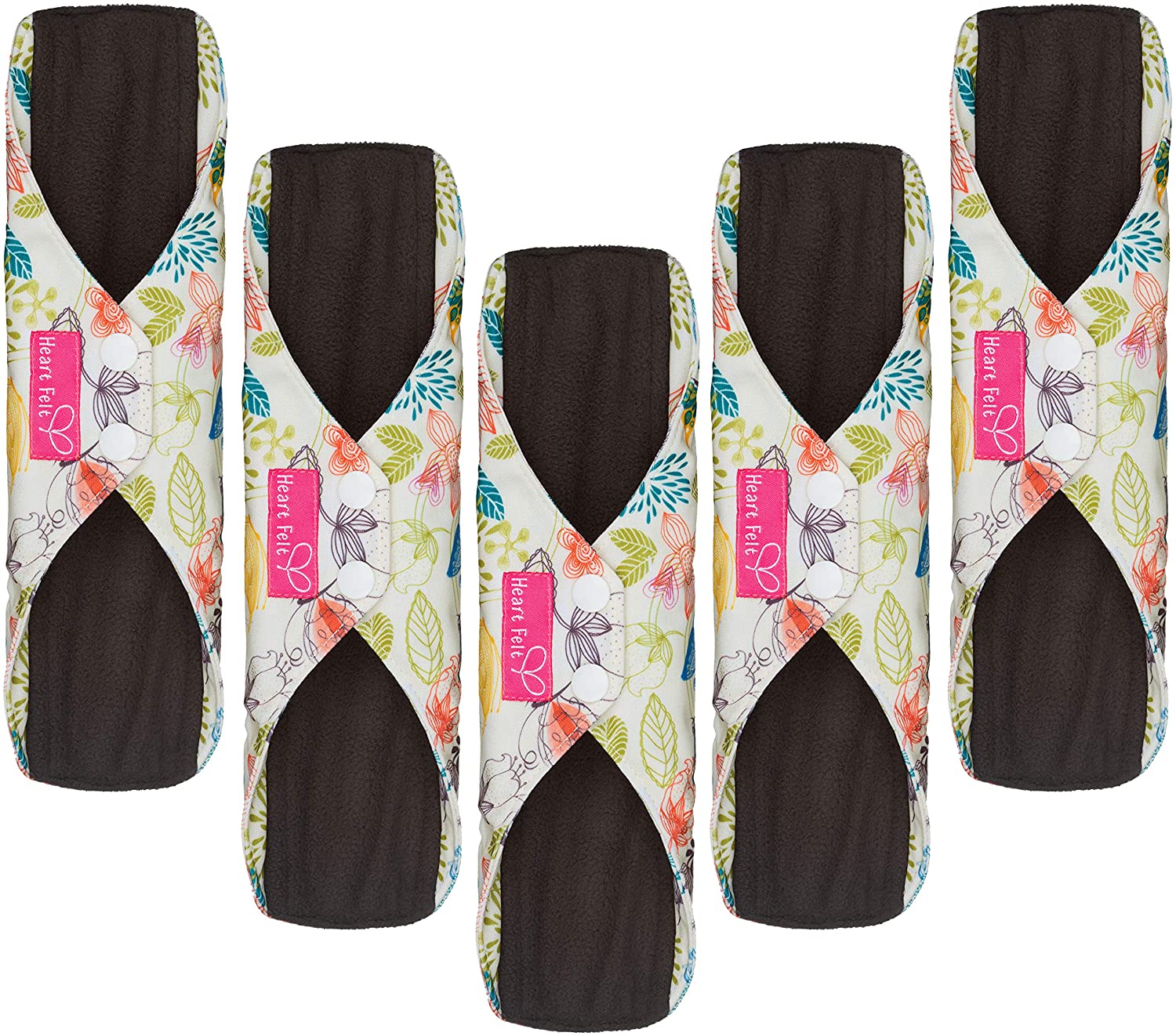
Another option that Indians have not ventured into is Tampons. This product again comes with a lot of risk similar to the sanitary napkins, and it is worse because it is literally inserted inside the vagina during menstruation. It is also associated with Toxic Shock Syndrome, which has been problematic for many young menstruating women.
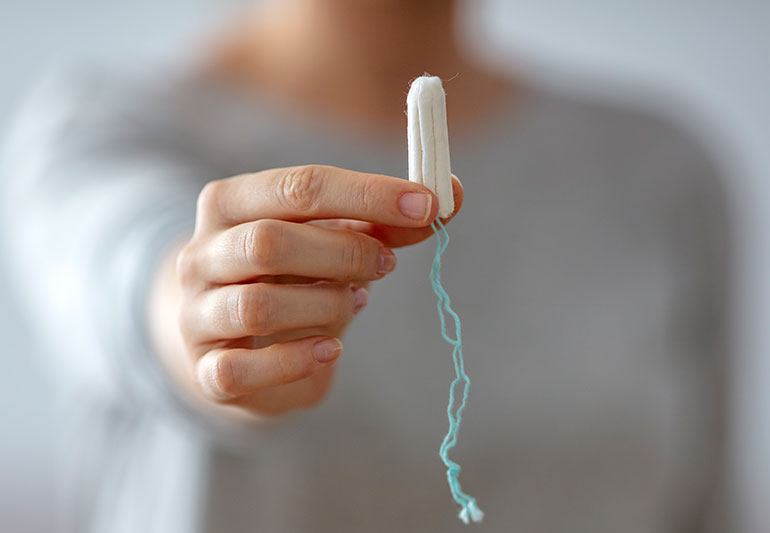
One option that is similar to Tampons but has not been marketed for the right reasons is the Menstrual Cup. Every time you see an advertisement about a menstrual cup, it’s probably about how it is better for the environment or for women’s health. While these are important factors to consider their usage, the main reason to switch to menstrual cups is that it is way more convenient than any other sanitary product. You’re probably wondering how a product that has to be inserted would be easier and convenient than a product that is just stuck to your innerwear. Well, the inhibitions and the lack of awareness surrounding the menstrual cup is the reason why many do not opt for it.
The first doubt that arises in the minds of many when they think about this product is, “What if my Hymen tears?” For all those who are not aware of the hymen, it is a thin piece of mucosal tissue that surrounds or partially covers the external vaginal opening. It acts as a partial barrier to the vaginal opening. However, the hymen is porous and is not opaque or thick. In fact, only because it is porous do we bleed during our menstrual cycle every month. Women who have imperforate hymen cannot bleed and it is a medical condition that requires treatment.
The hymen can tear at any time in a girl’s life. Strenuous exercises like dancing, swimming, Yoga, acrobatics, etc., can also lead to the tearing of the hymen. So, menstrual cups are not the only thing that tears one’s hymen, and it does not necessarily mean the losing of one’s virginity.
A lot of people think twice about switching to cups because of the pain it may cause while inserting. Generally, the pain and discomfort is only experienced for the first time while using the cup. The feeling also differs from person to person. Any change is difficult for the first time. However, once you get the hang of it, there is nothing like using a menstrual cup. Menstrual cups can be kept inside for unto 12 hours, depending upon your menstrual flow. It is made of medical grade silicone and therefore is not harmful to the body.
How to use a cup? The first step is to buy the perfect size of the cup. Every cup company makes a clear distinction of sizes along with a guide to help you make an easy choice. Once you have made a choice and bought the product, an important thing to be remembered is to not use the cup before your menstrual cycle starts. The cup is made for insertion during the menses, where the fluidity of the vagina makes it easier for insertion. There are different types of folds that you can venture out to insert the cup, as it cannot be inserted as a whole. Once inserted, you will just have to ensure that a vacuum seal is created and Voila! You can forget that you are on your period, at least for the next couple of hours.
While removing the cup, one has to break the vacuum seal to pull it out. After this is done, the blood collected in the cup can be dumped into the toilet, the cup can be washed and then it can be inserted right back in. This is not for a matter of 1 cycle or a year of menstruation. An average cup, if used the right way can last for at least 5 to 10 years before it needs a change. This leads to the next advantage.
Menstrual cups are way more economical than an average sanitary napkin. An average, low-quality napkin costs Rs. 5 to Rs. 12 in India. On an average, a woman uses 16,000 or more pads in her entire lifetime. Even if the cost is fixed at the lower end, which is Rs. 5, an average woman will have to spend at least Rs. 80,000 only on sanitary napkins, in her entire lifetime. In reality, good quality pads are not that cheap, and the real amount will at least be double than the average.
The menstrual cup on the other hand costs somewhere between Rs. 300 to Rs. 1000. The average number of menstruating years for women are 35 years. Even if a woman changes her menstrual cup every 5 years, and if it costs Rs. 1000, she would only be spending Rs. 7000 on her menstrual product throughout her life. However, this is only an average, and in reality a cup lasts for 10 years and cups start at Rs.300, so the cost can be even lesser. This product is even more economical for lower-income groups as it is reusable and can be made subsidised for their benefit.

As mentioned earlier, as the cup is made of medical grade silicone, it is not harmful for your body. Also, because it is reusable, it also turns out to be safer for the environment. With cups, you no longer have to carry packets of pads and worry about their disposal if you’re in a place out of your comfort zone. When you use a menstrual cup, you are not reminded that you’re on your period every time you use the restroom. In fact, it is almost like cancelling your period once it comes with a menstrual cup.
Again, the reason why we are not very familiar with this product is because of the lack of awareness and the various inhibitions we have towards it. A lot of us are not aware of our own bodies and therefore have so many doubts regarding this product. It is essential that schools bring in menstrual and menstrual product education for their teenage students, so that they make the right and comfortable choice. In recent times, a lot of people including singer Chinmayi Sripada and Gynaecologist Dr. Tanaya have created many videos to answer and clarify doubts regarding the use of cups.
If researched and studied about well, a menstrual cup is the best switch and anybody who uses it once, correctly, will never go back to using any other menstrual product. However, one must not make this switch without doing thorough research and without consulting their gynecologists’. In most ways, the pros outweigh the cons, but some conservative ideas and irrational fears are stopping young women from making this switch. Every society should head towards development. Similarly, the usage of menstrual cups is a much required development for the women of this country.


